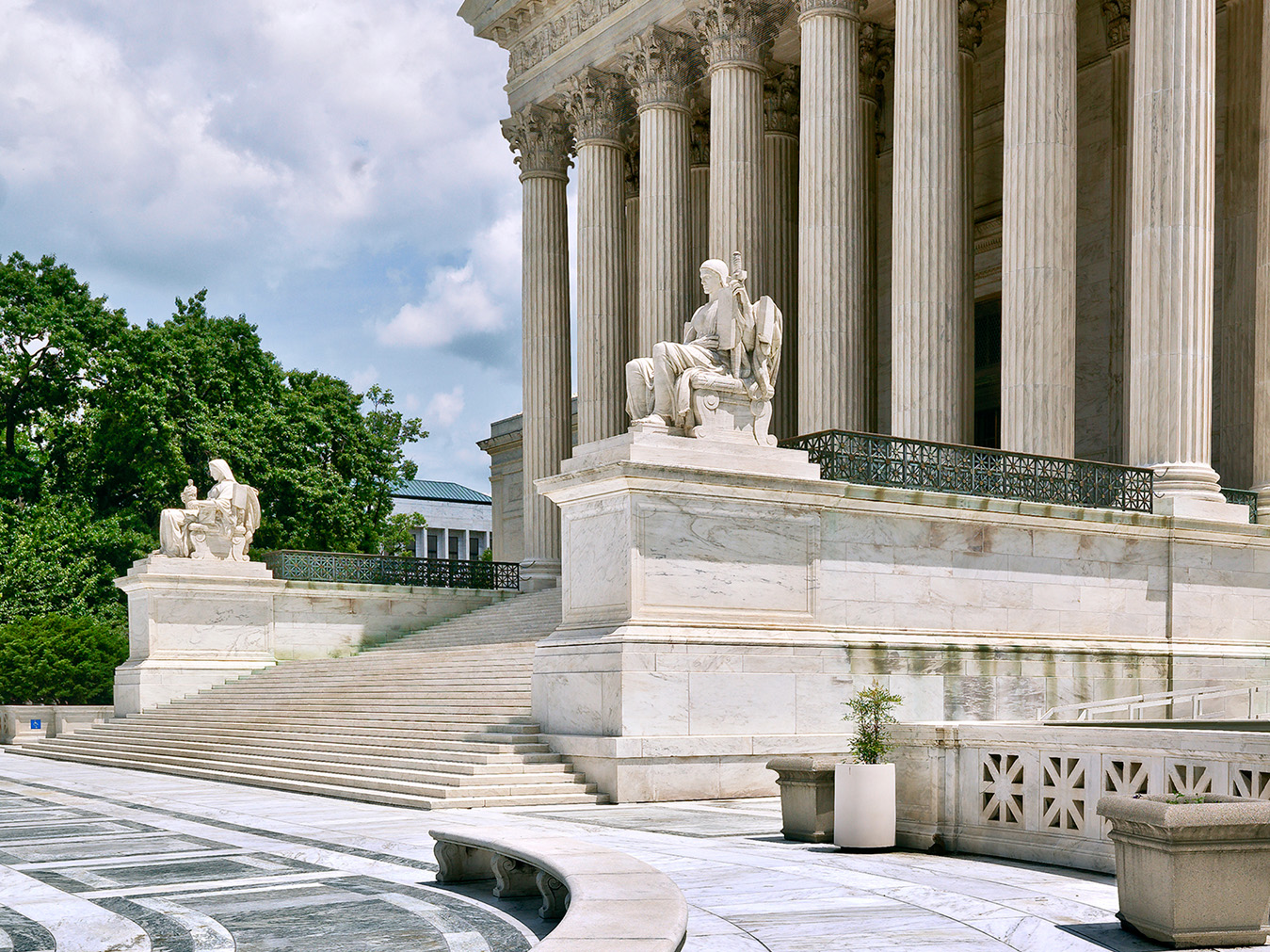
As we get closer to the 50th anniversary of the historic Roe v Wade court case, we get closer to its apparent death. On May 2, a leaked draft majority opinion written by Supreme Court Justice Samuel Alito stated that the court intended to overturn Roe v Wade despite the precedent set almost 50 years ago. This threat to human rights gives cause to why Supreme Court justices should have term limits as they are unrepresentative of the American populace.
First of all, the Supreme Court is not elected, but appointed. Despite the power the Supreme Court holds over many aspects of American life, everyday Americans have seldom to do with who is on the Court as Justice candidates are appointed and approved by the president and Senate, respectively. Although the people are currently indirectly involved in the process, the public should be more directly involved through election to ensure that the justices represent the wants of the American people.
Furthermore, the Justices are often chosen because of their age. It is no secret that presidents choose candidates that are more likely to support their views so they can push their agendas. Because of this, candidates that are younger are more likely to be chosen so that they can exert their influence for much longer stretches of time. According to a report by the Pew Research Center, Justices appointed between the ages of 45 and 54 serve an average of around 19 years, and of just the last four appointed justices, the oldest was only 53 years old.
As these justices continue to serve for such a long period of time, their views become more and more outdated. With each new generation, political leanings have been consistently shifting more liberal. Because American society’s views are continuously changing, it is important that judges are regularly rotated out to ensure that they represent more modern values, especially considering that older justices may not live to see the consequences of their decisions.
For these reasons, Supreme Court Justices should have term limits of 10 years with three justices being rotated out every few years at a time. With a 10 year term limit, justices are still able to gain valuable experience while on the Court without overstaying their welcome. As their beliefs become more outdated with time, having term limits would ensure that new perspectives are introduced that are more representative of modern society.
Furthermore, 10-year limits would allow a wider variety of political leanings between the left and right as different presidents would be able to appoint justices that match their beliefs. By having a system similar to the House of Representatives and Senate in which a third of the total branch is up for reelection every few years, each president would only be able to appoint three justices that support their beliefs, keeping the court relatively spread out politically. Although it is to the chagrin of some, this diversity of beliefs within such a powerful branch would better illustrate the diversity within the country. Lastly, because their time in office is shorter, Justices will be able to affect less and leave fewer lasting consequences.
All in all, the looming dangers of the loss of rights like Roe v Wade illustrate the necessity for change in the Supreme Court. A rotational system with 10 year terms would keep diversity while diminishing the overall power and impact of the Court. Hopefully, changes like these are introduced soon so that people no longer have to fear losing their unalienable rights.







